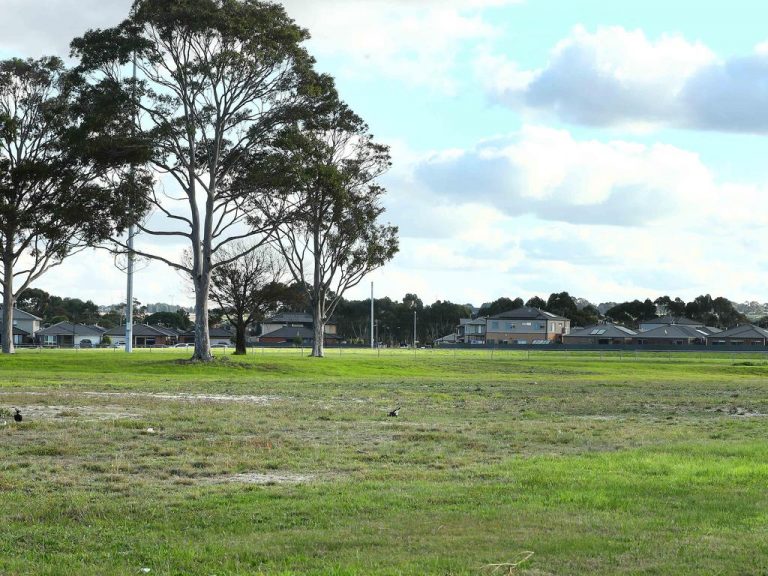Higher inflation could lure more investors to commercial real estate

When economic conditions are positive, commercial real estate has the potential to provide an effective hedge against inflation. With Australia now entering a period of above trend inflation, investment in the sector could well receive a boost.
Last year, higher than expected growth in the Consumer Price Index pushed inflation above the Reserve Bank of Australia’s target band of 2-3% for the first time since 2011.
While the RBA still considers many of the factors driving inflation to be “transitory”, it has revised its forecasts higher, predicting inflation will remain above 3% for the duration of the year.
Many other economists, such as those at Commonwealth Bank and Macquarie, expect inflation to be even higher.
Will higher inflation benefit commercial property investors?
So, what advantages can commercial property provide in an environment of high inflation?
First, commercial rents are often pegged to inflation, or have fixed yearly rises built in. In contrast to residential, commercial lease terms are typically longer than 12 months and often include options for a tenant to extend. A typical lease term could be three-to-five years for a smaller tenant, and five-to-ten years for a larger.
This benefits tenants by providing them with more security around their operations, while providing landlords a multi-year income stream with built-in rent rises.
Expectations that this current bout of inflation is likely to be accompanied by a period of strong economic growth with also benefit the sector. RBA forecasts put GDP growth at 4.25% in 2022, with unemployment predicted to drop below 4% by the end of the year.
A growing economy and workforce will directly benefit commercial real estate by increasing demand, supporting growth in asset values and rents.
But there is risk. With higher inflation comes higher interest rates, and we’re now staring down the barrel of a potential rate rise this year.
While the impact of higher rates can’t be ignored, based on current forecasts they don’t pose much of a threat to the commercial sector.
Compared to residential property prices, commercial values are far less sensitive to movement in interest rates. Part of the explanation is that, on average, the spread between the cost of debt and rental yields is larger for commercial than for residential.
Historically, it has only been when interest rates reach levels approaching yields that commercial values take a hit.
However, the level at which rates are likely to rise over the next 12 months will see them remain close to historic lows and unlikely to significantly dent commercial asset values.
The growing presence of offshore groups investing in Australian commercial real estate will also help to shield values from any impacts from rate rises. Commercial yields in Australia remain higher than those in many comparable markets. This, combined with Australia’s relative economic resilience, will continue to drive demand from offshore buyers.
What’s more, the spread between average commercial yields and the real risk-free rate has actually increased in some asset classes over the past two years.
In contrast to the rapid escalation in dwelling prices, which followed the slashing of interest rates back in 2020, uncertainty around the economic implications of the pandemic initially dealt a blow to commercial values in many sectors, increasing yield spreads.
But confidence is recovering and demand has more than bounced back – Australia’s commercial property sector had a record volume of transactions last year. With inflation looming, that demand is unlikely to abate any time soon, particularly for assets that have proved resilient throughout the pandemic.







